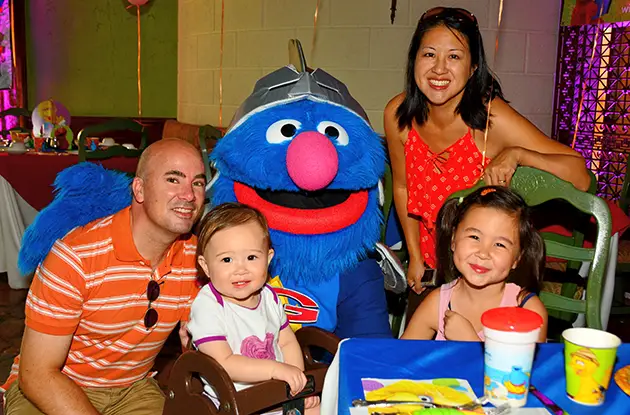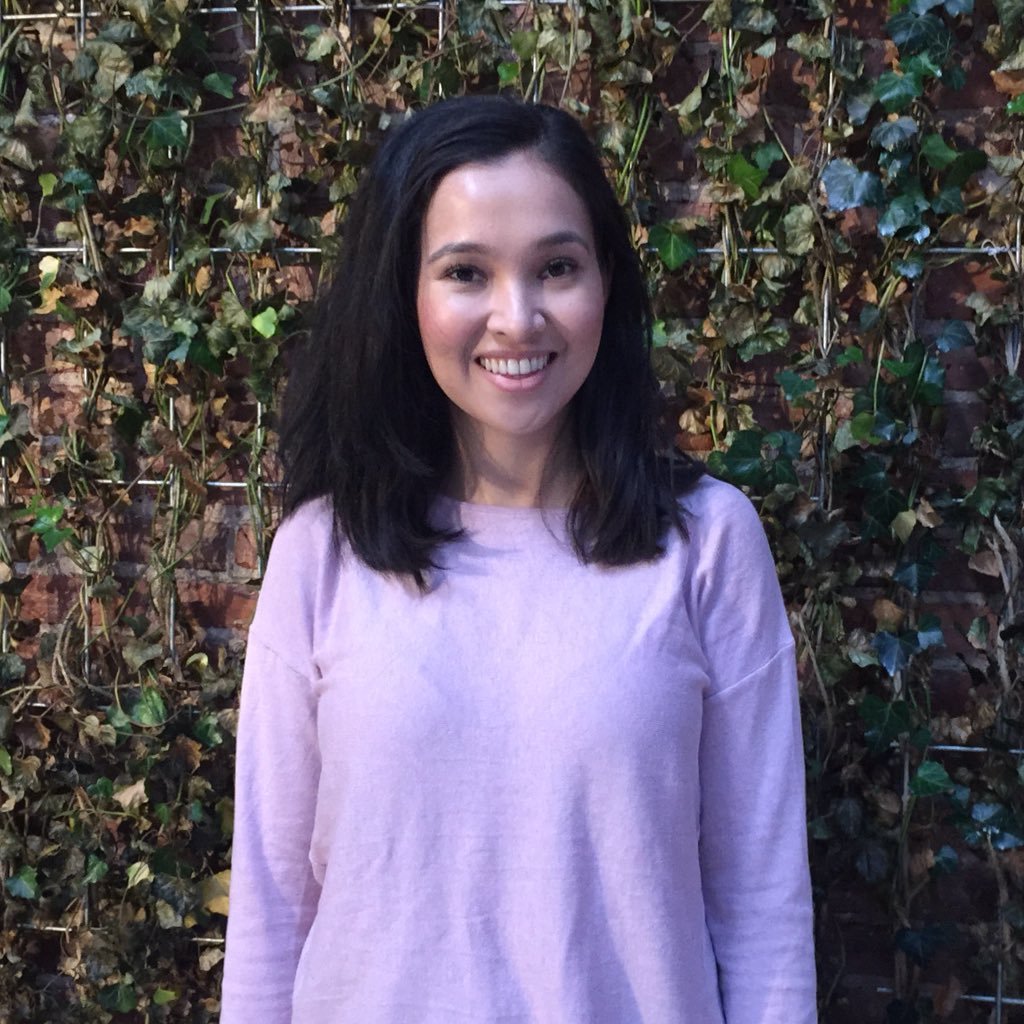

More Parenting Articles:

Why You'll Love Kathleen Hurley
Kathleen Hurley, an ex-Wall Streeter, launched her popular blog, Let's Be Mom Friends, when she had her first child. Writing about baby resources, she...Latest News:

This is Why You'll Love Kristen Glosserman
Not only does Kristen Glosserman raise four kids in Manhattan, she advises others how to make the most of their lives. As a certified life coach (with...Family Activities:
Have a Laugh:



